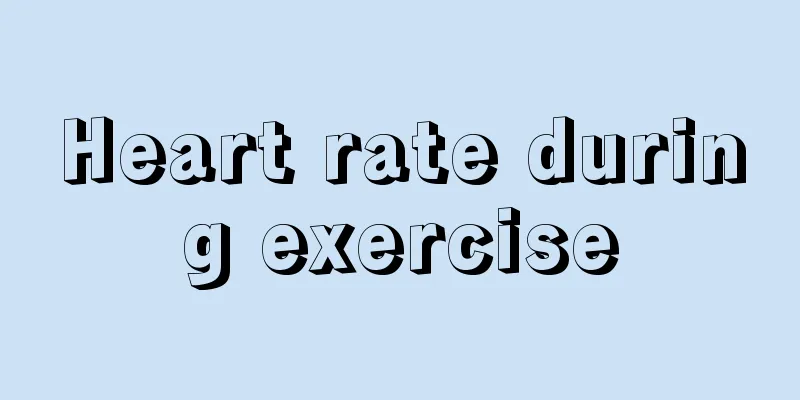Heart rate during exercise

|
In life, because we do not have enough time to exercise, our resistance will continue to decline, and in serious cases, we may be infected with various diseases. Everyone knows that exercise can improve our body's functions and thus achieve a healthy body. When we exercise, our heart rate is relatively high. This is because the blood flow increases, which leads to higher heart efficiency. Heart rate refers to the number of heartbeats per minute in a normal person's quiet state, also called resting heart rate. It is generally 60 to 100 beats per minute, and may vary from person to person due to age, gender or other physiological factors. Generally speaking, the younger the age, the faster the heart rate. The elderly have a slower heart rate than the young, and women have a faster heart rate than men of the same age. These are all normal physiological phenomena. When at rest, the normal heart rate for adults is 60 to 100 beats per minute, and the ideal heart rate should be 55 to 70 beats per minute (the heart rate of athletes is slower than that of ordinary adults, generally around 50 beats per minute). Heart rate changes are closely related to heart disease. If the heart rate exceeds 160 beats/minute, or is lower than 40 beats/minute, it is mostly seen in patients with heart disease. If it is often accompanied by palpitations, chest tightness and other discomforts, a detailed examination should be carried out as soon as possible so that treatment can be targeted at the cause. 1. Tachycardia When an adult's heart rate exceeds 100 beats/minute (generally not more than 160 beats/minute) at rest, it is called sinus tachycardia, which is common in people who are excited, agitated, smoke, drink alcohol, drink strong tea or coffee, or in pathological conditions such as infection, fever, shock, anemia, hypoxia, hyperthyroidism, heart failure, or after the use of drugs such as atropine, epinephrine, ephedrine, etc. 2. Bradycardia When an adult's heart rate is lower than 60 beats/minute (generally above 45 beats/minute) at rest, it is called sinus bradycardia, which can be seen in healthy people and athletes who engage in heavy physical labor for a long time; or in hypothyroidism, increased intracranial pressure, obstructive jaundice, and overdose of digitalis, quinidine or propranolol. If the heart rate is lower than 40 beats/minute, sick sinus syndrome, atrioventricular block, etc. should be considered. If the pulse is unequal and irregular and the pulse rate is less than the heart rate, atrial fibrillation should be considered. |
<<: I woke up with pain in the middle of my spine
>>: Why have I become sleepy recently? What's wrong with me feeling tired and sleepy every day?
Recommend
Sores form on the buttocks after sitting for a long time
If you sit for too long, your buttocks will get s...
How long does it take to soak kelp
Dried kelp is a product sold in many seafood stor...
Dry and painful nasal cavity
As soon as autumn comes, most people report that ...
What are the treatments for advanced lung cancer? Three treatments for advanced lung cancer
Nowadays, the environmental pollution in our live...
What is the fastest and most effective way to remove acne scars?
When it comes to removing acne or acne scars, man...
Why does liver cancer cause fever? Two reasons to understand
Fever caused by liver cancer can be divided into ...
What is the breast cancer red medicine
What is Mercurochrome for Breast Cancer? 1. Durin...
Highly differentiated colon cancer has a high cure rate
The prognosis of colon cancer is good. The total ...
How long does it take to live in after spraying latex paint
Generally, you cannot move in immediately after s...
What are the treatments for scleroderma
Scleroderma is a common connective tissue disease...
Is photodynamic therapy painful?
With the development of science and technology, m...
Why does the skin have purple spots
The skin can be regarded as the largest organ in ...
How many ways are there to zip up a duvet cover?
Everyone spends a lot of time sleeping every day....
The thumb shakes when it is bent
The tremor that occurs when the thumb is bent is ...
Five major symptoms of early colorectal cancer
The five major early symptoms of rectal cancer in...









